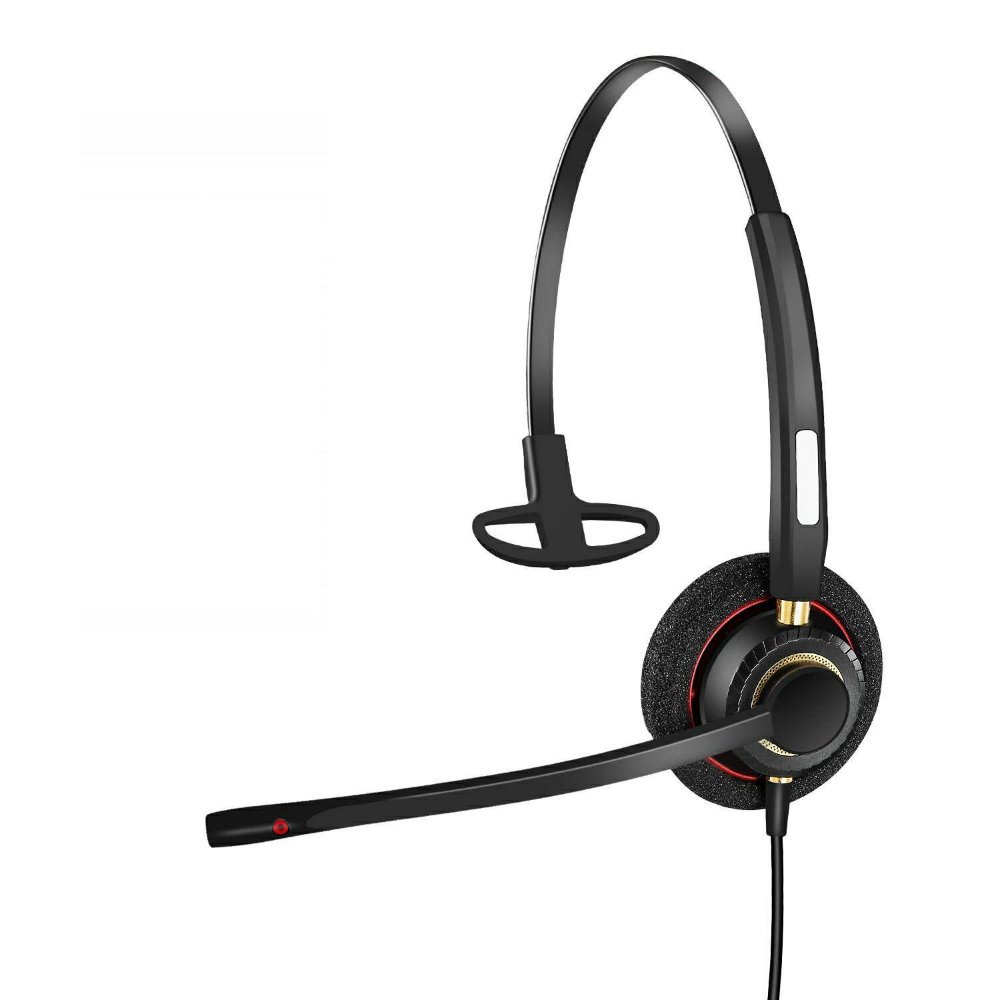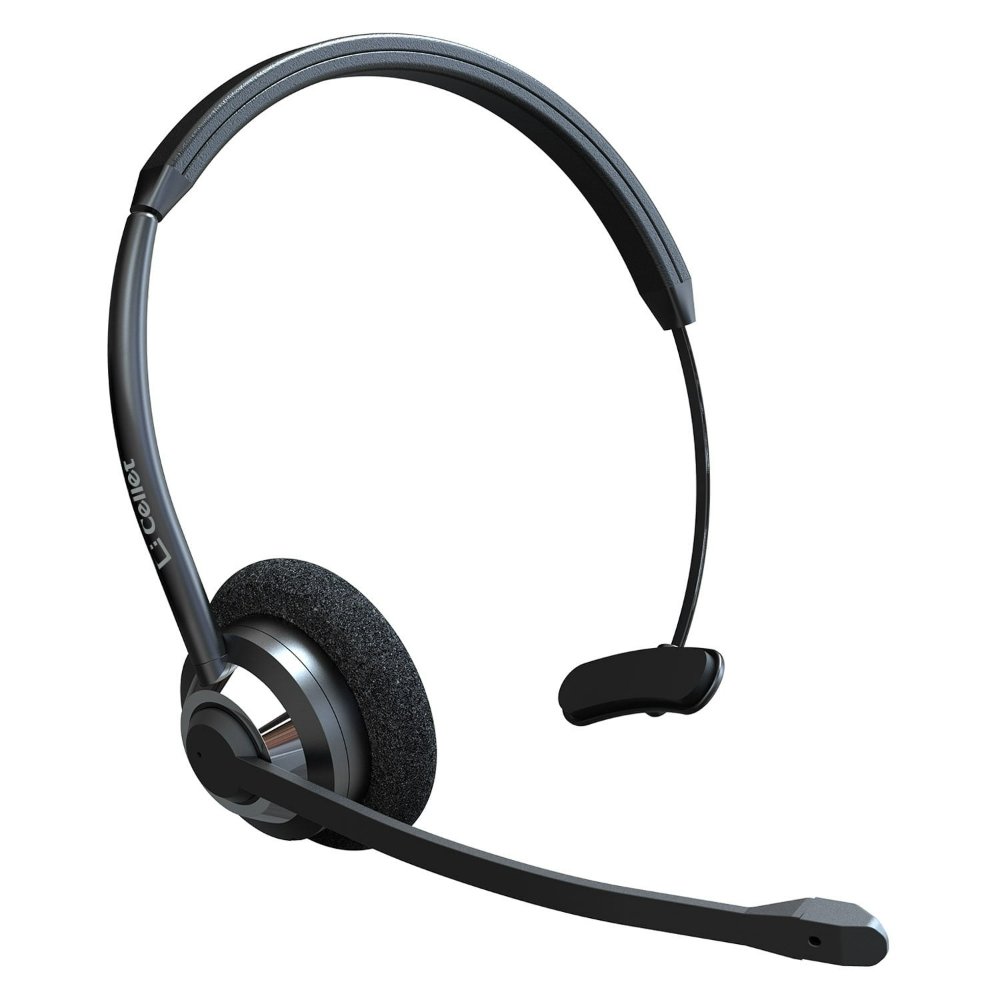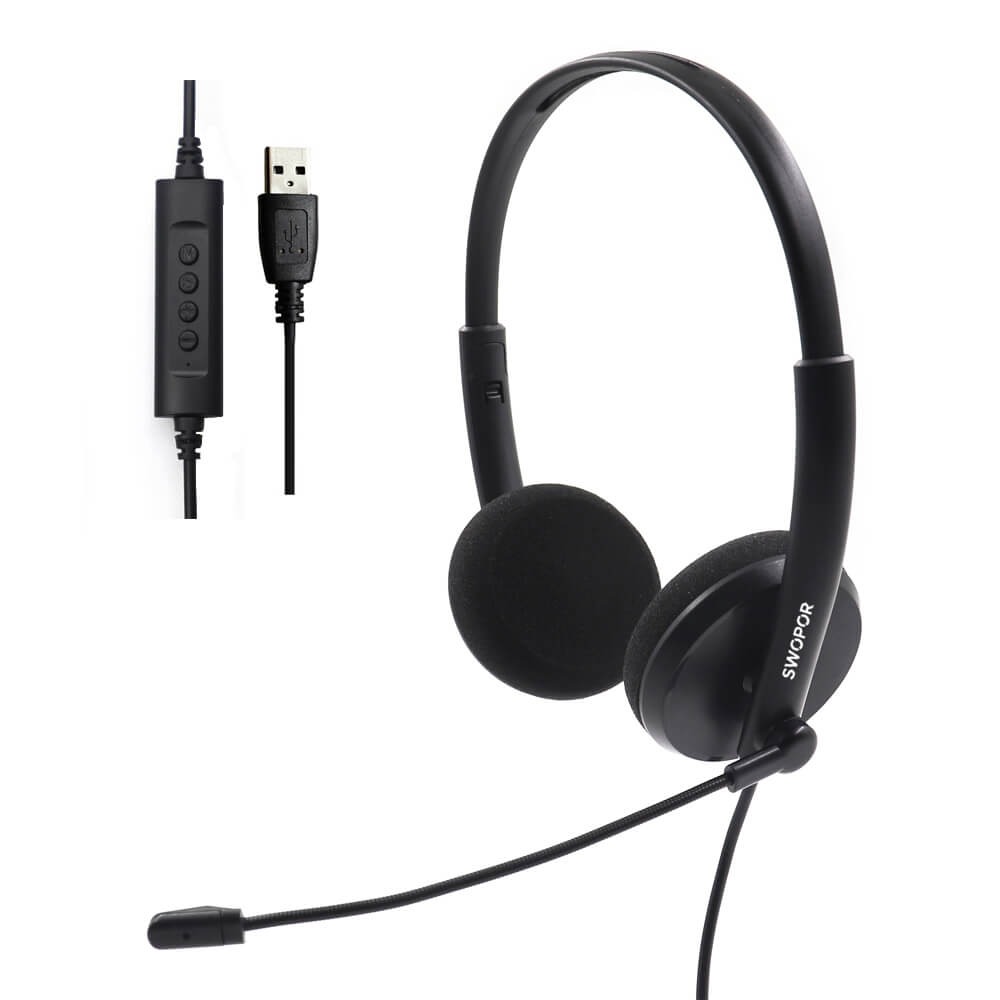Importance of Headset Quality in Call Centers
In call centers, headset quality is vital. Clear communication stands at the core of customer service. High-quality call center headsets ensure that. They deliver crisp, clear audio both ways. This reduces misunderstandings and improves resolution times.
But sound quality is not the only concern. Reliable headsets also reduce strain for agents. They face long hours on calls. Poor audio can lead to increased stress and fatigue. So, top-notch headsets protect employee well-being.
Good headsets also affect the call center’s reputation. Customers equate call quality with service quality. Hence, superior headsets can enhance a brand’s image. This makes investing in quality headsets a smart business move.
Lastly, call center headsets must resist wear and tear. They undergo intense daily use. Durable headsets mean fewer replacements, saving money over time. To sum up, top headset quality is non-negotiable in call centers. It ensures effective communication, agent comfort, brand reputation, and cost efficiency.

Key Features to Look for in Call Center Headsets
When selecting call center headsets, several features are paramount for optimal performance. Here are essential aspects to consider:
- Sound Quality: The primary purpose of a headset is clear audio. Look for headsets with high-definition sound to ensure clear conversations.
- Noise-Canceling: Given the noisy environment of call centers, noise-canceling features are crucial. They help minimize background sound interference.
- Microphone Clarity: A good microphone is as essential as the speakers. Ensure it can pick up the agent’s voice clearly without capturing too much ambient noise.
- Comfort: Since agents wear headsets for long periods, comfort is key. Lightweight headsets with adjustable features can prevent discomfort or pain.
- Ease of Use: User-friendly controls are necessary. Features like quick mute buttons and volume adjustments should be easily accessible.
- Compatibility: Headsets must work seamlessly with your existing systems. Check for compatibility with your phones, computers, or VoIP software.
- Reliability: In a high-use environment, reliability means fewer interruptions. Choose headsets known for their dependable performance.
- Warranty and Support: Good warranty terms and customer support can safeguard your investment. It ensures help is available when you face issues.
Incorporating these key features in your call center headsets can lead to improved communication, enhanced agent experience, and overall, a more efficient call center operation. Ensuring that each of these elements aligns with your call center’s needs will be critical in selecting the right headsets for your team.
Types of Headsets Suitable for Call Centers
Choosing the right type of call center headsets is vital for daily operations. Different types cater to varied needs. Here’s a breakdown of suitable headset types for call centers:
- Single-Ear (Monaural) Headsets: These allow agents to keep one ear open to their surroundings. They are ideal for environments where interaction with colleagues is necessary.
- Dual-Ear (Binaural) Headsets: These cover both ears and help agents focus on calls. They’re best for noisy environments where concentration is crucial.
- Voice Tube Headsets: These have a tube for speaking instead of a traditional microphone. They offer decent sound quality in quiet settings.
- Noise-Canceling Headsets: Equipped with microphones that filter out ambient noise. They ensure the caller’s voice is clear, even in loud environments.
- USB Headsets: These connect directly to computers and are perfect for VoIP calls. They offer easy integration with call center software.
- Bluetooth Headsets: Offer wireless freedom and mobility. They work well in spaces where agents might need to move around.
- DECT Wireless Headsets: These use secure wireless technology suited for larger environments. They provide clear communication without interfering with other devices.
Each type has its benefits. But all must meet key feature standards mentioned previously. Consider your call center’s specific needs when choosing. This ensures your team always performs at its best.

Wired vs. Wireless Headsets: What’s Best for Your Call Center?
Deciding between wired and wireless call center headsets depends on your specific needs. Wired headsets offer reliable connectivity without the fear of battery drain. They provide a stable link to your call system. This can be crucial during high-volume periods where a dropped call can mean a lost opportunity. Furthermore, they are often more affordable – a key point for call centers managing tight budgets.
On the other hand, wireless headsets bring unmatched mobility. They allow agents to move freely. This is ideal for tasks away from the desk, like fetching files or consulting with supervisors. Most wireless models include features like long battery life and quick recharging times. Plus, they reduce desk clutter by eliminating cords that can restrict movement.
However, wireless options may face interference from other devices. This can affect call quality. They also require charging, which can be a hurdle if not managed correctly. Both wired and wireless headsets can have high-end audio quality, noise-cancelation, and comfort. Yet, each type has its edge depending on the environment.
If your call center is a bustling space, go for wireless for more freedom. In a static setting, where agents remain at their desks, consider wired for stability. Evaluate your workplace needs before choosing. Remember, the right choice maintains productivity and supports agent efficiency. Choose wisely, and your call center will thrive.
Noise Cancellation Technology: A Must-Have for Call Centers
In today’s bustling call centers, noise cancellation is not just a luxury, it’s a necessity. Noise-cancelling technology in call center headsets helps agents concentrate better on their calls. At the same time, it provides a clear line of communication to customers. This is vital in loud environments.
Key benefits of using noise-cancelling headsets in call centers include:
- Reduced Background Noise: These headsets minimize unwanted ambient sounds. This enhances the clarity of the conversation.
- Increased Focus for Agents: With less background noise, agents can focus more on the customer. This leads to better understanding and faster resolutions.
- Improved Customer Satisfaction: When customers can hear clearly, they feel more valued. Good audio quality reflects the brand’s dedication to customer service.
- Healthier Work Environment: Constant noise can be stressful and harmful. Noise-cancelling headsets can reduce potential strain on agents’ hearing.
It’s important for call center managers to recognize that investing in noise-cancelling technology can lead to significant advantages. These headsets can be the edge that a call center needs to stand out in customer service excellence.
Overall, call center headsets with noise cancellation technology are essential for modern customer service. They ensure that every call is a step towards a successful customer interaction. This technology is a smart investment for any call center aiming to optimize their operations and provide outstanding service.

Comfort and Ergonomics: Ensuring Agent Satisfaction
Ensuring agent satisfaction in a call center involves more than just good pay and benefits. Comfort and ergonomics play a critical role in keeping agents happy and productive. When agents are comfortable, they can focus better on their tasks. This leads to better customer service and a happier workplace.
Here are key ergonomics and comfort factors to consider for call center headsets:
- Adjustability: Headsets should have adjustable features to fit different head shapes and sizes.
- Weight: A lightweight design is vital to reduce neck and head strain over long periods.
- Ear Cushions: Soft ear cushions help prevent discomfort and pressure on the ears.
- Headband Padding: Padding on the headband adds to overall comfort, especially during extended use.
- Material Breathability: Breathable materials in ear cushions and headbands ensure agents stay cool and dry.
- Clamping Force: The headset should have a gentle grip to stay secure without squeezing too hard.
- On-Ear vs. Over-Ear: On-ear headsets apply pressure directly onto the ears, while over-ear designs surround the ear. The latter typically offers more comfort for long-term use.
Each aspect contributes to the overall satisfaction of call center agents. By prioritizing these ergonomic features, call centers can reduce the physical strain on their workforce. A comfortable agent is more likely to stay focused, deliver high-quality customer service, and remain loyal to the company.
The trend towards ergonomic design in call center headsets is paramount. Managers and purchasers need to assess these features critically when choosing headsets. After all, comfort leads to contentment, and contentment breeds efficiency and success in the demanding world of customer service.
Durability and Longevity of Call Center Headsets
In a call center, every headset is an investment. Durability and longevity are essential for that investment to pay off. When choosing headsets, consider how well they can withstand daily wear and tear. This affects how often you’ll need to replace them.
Here are some key points to remember about durability in call center headsets:
- Build Quality: High-quality materials last longer. Headsets made with metals or durable plastics offer more resilience.
- Cable Strength: Wires can easily get damaged. Look for headsets with reinforced cables that can handle frequent use.
- Design: Headsets designed for heavy-duty use tend to be more robust. Such designs resist breaking from drops or twists.
- User Maintenance: Headsets that are easy to clean and maintain will last longer. Removable ear pads and replaceable parts add to lifespan.
- Warranty and Repairs: A good warranty suggests confidence in the headset’s durability. Brands that offer repair services can extend a headset’s useful life.
In call centers, where headsets run for hours daily, durability saves money. It lowers the total cost of ownership. When headsets last longer, you spend less over time replacing them. This also reduces downtime due to faulty equipment.
To summarize, a well-built, durable call center headset is a wise choice. It means fewer disruptions and better long-term value. Make sure you weigh durability as highly as sound quality and comfort when selecting your call center headsets.
Evaluating the Best Brands and Models
When choosing call center headsets, brand and model matter. Several brands lead the market. They offer headsets that meet the high demands of call centers. Here are factors to guide your evaluation of the best brands and models:
- Reputation: Look for brands known for quality and reliability in the industry. A strong reputation often means proven performance.
- Innovative Features: Seek out models that boast the latest in sound and noise-cancellation technology. The best brands innovate to stay ahead.
- User Reviews: Check what other call centers say about headsets. Positive feedback from industry peers is a good indicator.
- Price Point: Consider models that offer a balance between cost and features. Remember, the cheapest option is not always the best value.
- After-Sales Service: Good customer support can make a big difference. Look for brands that provide excellent service and warranty terms.
- Product Range: Choose brands with a broad product range. This offers more options to find the perfect fit for your needs.
Many brands offer models that balance sound quality, noise-cancellation, comfort, and durability. You must weigh these factors against your specific call center needs. With careful evaluation, you can select headsets that boost productivity and keep agents happy. Create a shortlist of preferred brands and models. Then, match them with your call center’s requirements for the best fit. The right headsets are out there. With informed choices, your call center can excel in customer service.